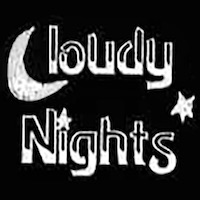jafritten
Well-known member
I take it that DOF is mainly determined by magnification and effective exit pupil (e.g. a 6mm exit pupil may be stopped down to 3mm in daylight, the "effective" exit pupil would be 3mm). Thus, two sets of binoculars of the same dimensions (e.g. two 10x42s) should have the same depth of field. Now I find that some experienced users, reviewers and people well read in science (certainly better than I) talk about DOF in a way that I find confusing. Here are two quotes from Roger Vine (scopeviews), a reviewer well respected by many, including me:
"Depth of field is exceptional – focus on middle distance and you’re good for most birding without re-focusing." (Roger Vine on the NL Pure 8x42)
How can DOF be exceptional in a 8x42? Every 8x42 should have the same DOF, right? As far as I know, the NLs do not even have a curved field which could make the depth of field seem greater. Is it possible that focal length and a higher f/number play a role?
"Depth of field is good, but a touch less than the ELs’." (Roger Vine on the SLC 10x42)
Huh? Why is that?
As mathematical equations are usually well above my head, can anyone explain in plain English, please?
"Depth of field is exceptional – focus on middle distance and you’re good for most birding without re-focusing." (Roger Vine on the NL Pure 8x42)
How can DOF be exceptional in a 8x42? Every 8x42 should have the same DOF, right? As far as I know, the NLs do not even have a curved field which could make the depth of field seem greater. Is it possible that focal length and a higher f/number play a role?
"Depth of field is good, but a touch less than the ELs’." (Roger Vine on the SLC 10x42)
Huh? Why is that?
As mathematical equations are usually well above my head, can anyone explain in plain English, please?








